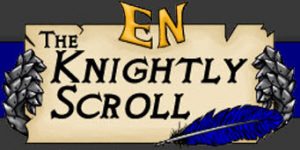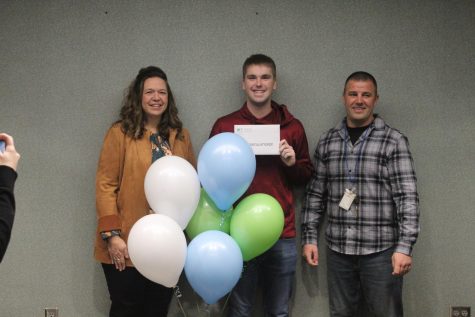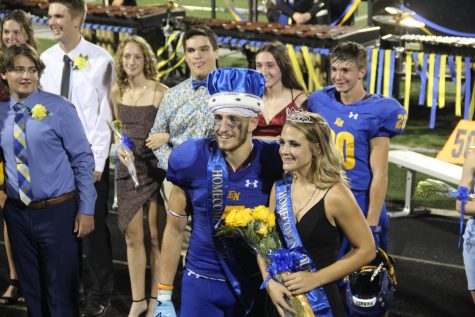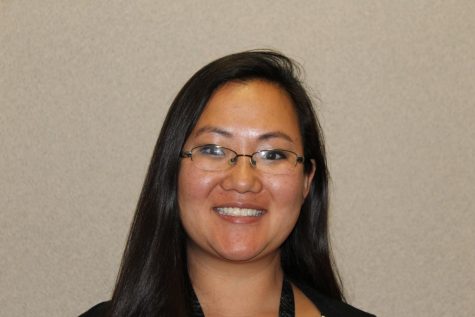History of the Holiday: Thanksgiving
We have all heard of and celebrated the day in which our great nation was born – the day the Pilgrims landed on North America’s shore. However, how much do we really know? What food did they eat? Where did they live during their first winter in America? And perhaps one of the most important questions: How did they learn to survive in an environment so very different from the one that they left behind?
Sometime in September of 1620 the Mayflower, a ship of 102 passengers (religious separatists, land-hungry men, and the like) left Plymouth, England to establish a colony in the New World. After 66 days of what can be described as nothing more than uncomfortable sailing, the Mayflower found shore at the tip of Cape Cod (far north of their planned destination of the Hudson River). One month later (sometime in December) the ship sailed through Massachusetts Bay, and there the Pilgrims (so named because of their pilgrimage to the New World) began to establish a village at Plymouth.
The Pilgrims arrived at a fateful time—northeastern coast winters being nothing short of brutal. Throughout that first winter most of the Pilgrims remained on the Mayflower. Suffering from malnutrition and disease, only half of the original 102 passengers and crew on the ship lived to see the spring. Once those remaining moved ashore, they developed relations with the Native Americans, most importantly Squanto of the Pawtuxet tribe. Squanto taught the malnourished and diseased Pilgrims valuable skills to help them survive in North America, such as how to cultivate corn, extract sap from maple trees, catch fish in the rivers, and avoid poisonous plants. Squanto also helped the settlers form an alliance with the Wampanoag tribe that lasted 50 years, and is unfortunately one of the few examples of an alliance between European settlers and Native Americans.
November of 1621 was the mark of the first successful corn harvest for the Pilgrims, and the governor, William Bradford, organized a feast to celebrate the bountiful harvest. He invited some of the colony’s Native American allies, including Wampanoag chief Massasoit. While this is marked as the first “Thanksgiving” feast, the Pilgrims did not necessarily use that term. They certainly did not prepare the same food that we might see on our grandma’s table today. It is believed that the Native Americans arrived to the celebratory feast with five deer, and other things believed to have been on the menu are lobster, swans, and even seal.
Two years later the Pilgrims had another “Thanksgiving” feast to celebrate the end of a drought, and from then on other colonies participated in “Thanksgiving” celebrations. It was not until 1789, nearly a century and a half later, that George Washington issued the first Thanksgiving proclamation to the United States. This established Thanksgiving as a national holiday, and over the past two centuries we have developed the holiday into the one that we see and celebrate today.
Source: www.history.com






